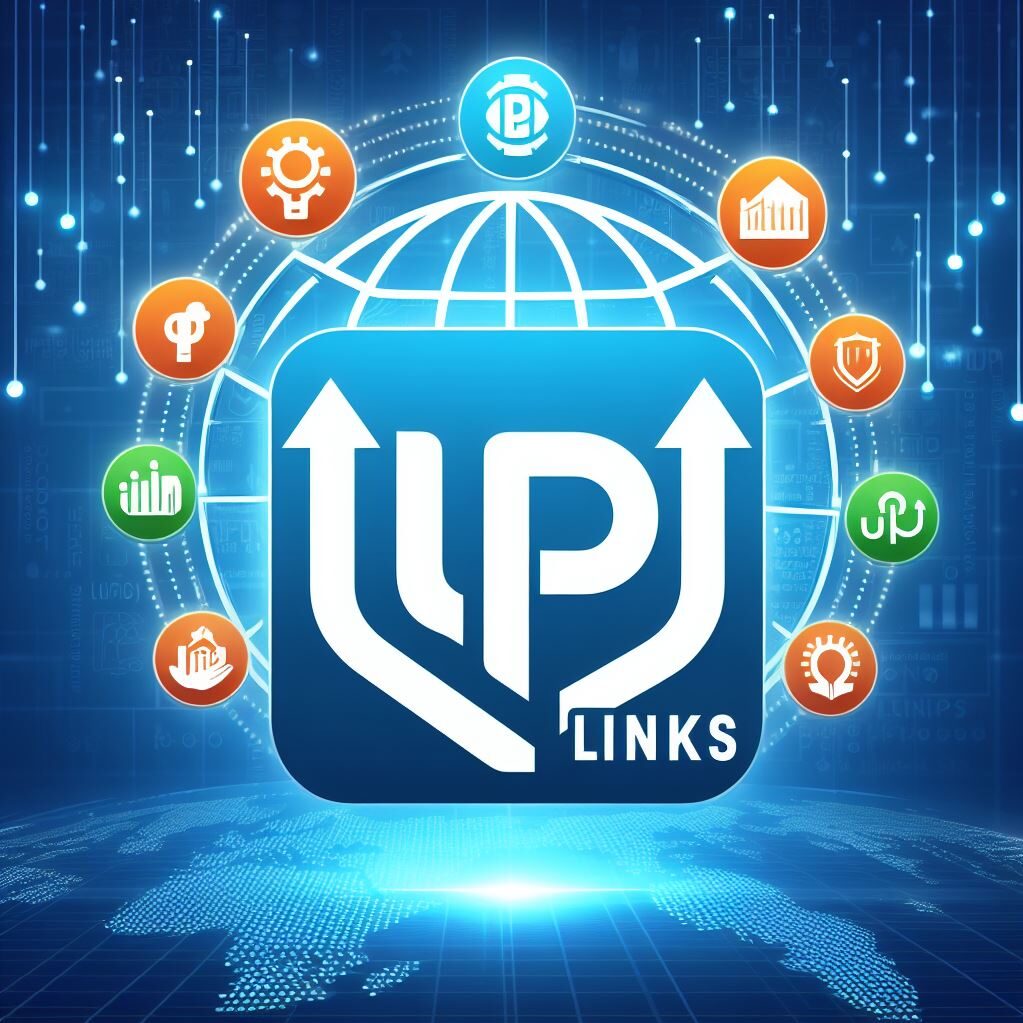In September 2024, the National Payments Corporation of India (NPCI) introduced the UPI Circle feature, allowing users to add a secondary user to their bank account for making UPI payments. Now available to all users across India, UPI Circle offers flexibility in managing family or friends as authorized secondary users for UPI transactions. Here’s a step-by-step guide to setting up and using UPI Circle.
Setting Up UPI Circle in the BHIM App
Currently, UPI Circle is available only on the BHIM app, with plans to roll it out to Google Pay and other UPI-enabled apps soon. Both the primary account holder and secondary user need the BHIM app installed on their devices to use this feature.

Steps for Primary Account Holder:
- Find UPI Circle: Open the BHIM app and look for the “UPI Circle” option.
- Add Secondary User:
- Choose Delegation Type:
- Partial Delegation: The primary account holder manually approves each payment request from the secondary user.
- Full Delegation: The secondary user can make payments up to Rs 15,000 per month without approval. You can adjust this limit if needed.
- Set Up Payment Limits:
- If using Full Delegation, enter the monthly limit for the secondary user, up to Rs 15,000.
- Set an end date for the delegation duration.
- Choose Bank Account:
- Select the bank account for payments and tap Proceed to send an invitation to the secondary user.
Steps for Secondary User:
- Accept Invitation: The secondary user will receive a notification to join the UPI Circle.
- Review and Accept Terms: Check the Terms and Conditions and tap Accept to activate UPI Circle.
Making Payments with UPI Circle
Once UPI Circle is set up, the secondary user can make payments with ease:
- Initiate Payment:
- Scan a UPI QR code or select a contact in the BHIM app.
- Choose the primary account holder’s bank account to proceed.
- Complete Transaction:
- If the secondary user has Full Delegation, the transaction completes instantly.
- If under Partial Delegation, the primary account holder must manually approve the payment from their BHIM app.
- Receiving Payments with UPI Circle
Frequently Asked Questions (FAQs) About UPI Circle
- 1. Does the secondary user need a bank account?
- No, a bank account isn’t required for the secondary user. The primary account holder’s account will handle payments.
- 2. Can secondary users be under 18 years old?
- Yes, secondary users can be under 18, making this a great option for parents to add children for controlled UPI payments.
- 3. What happens when the Rs 15,000 limit is reached in Full Delegation?
- Once the limit is reached, no further payments can be made by the secondary user. The primary account holder can remove and re-add the secondary user to reset the limit at the start of a new month.
- 4. Is UPI Circle available on Google Pay or PhonePe?
- Currently, UPI Circle is only available on the BHIM app. Testing is underway for Google Pay, with future plans to expand.
- 5. Which banks support UPI Circle?
- All banks that support UPI payments are compatible with UPI Circle.
- 6. Is UPI Circle safe?
- Yes, UPI Circle is regulated by NPCI and RBI, ensuring the same level of security as standard UPI.
- 7. Can I switch between Full and Partial Delegation?
- To change between Full and Partial Delegation, you need to remove and re-add the secondary user as there’s no option to switch modes directly within the app.
With UPI Circle, managing transactions among trusted contacts becomes more convenient and controlled, providing an efficient way to handle shared or delegated payments securely.















